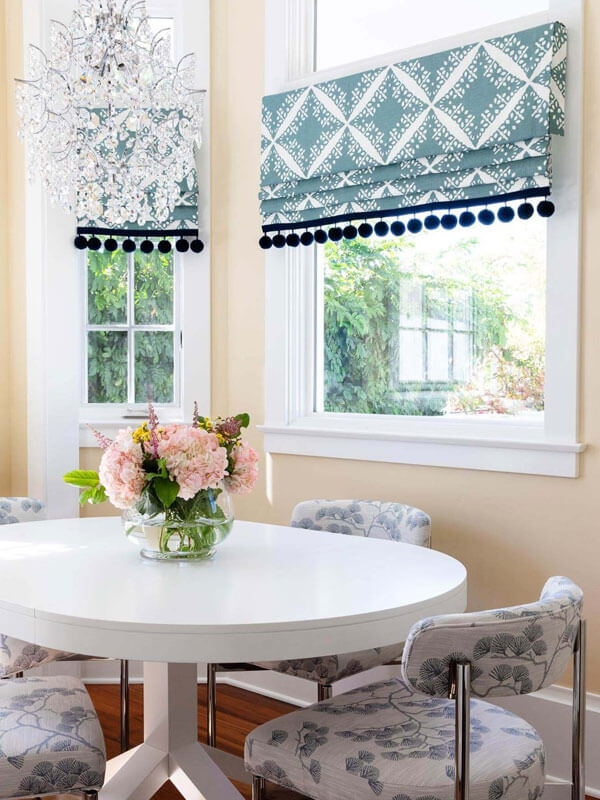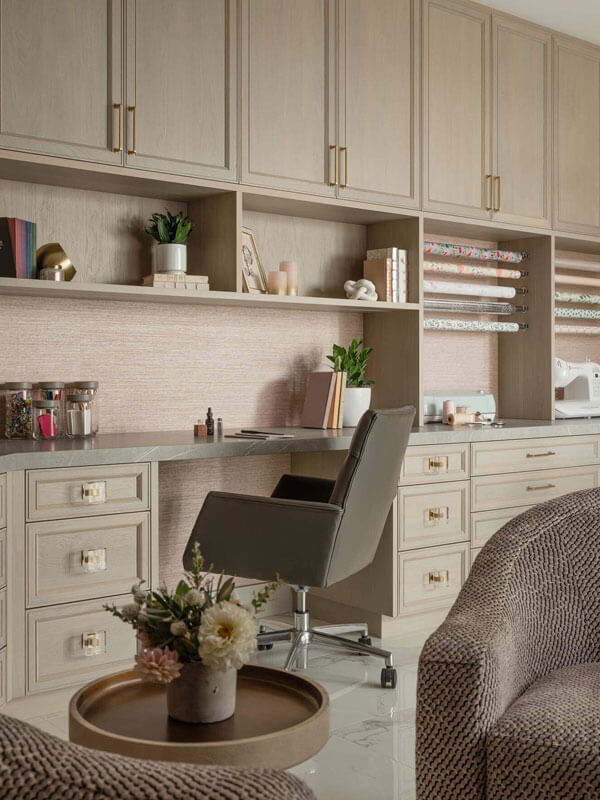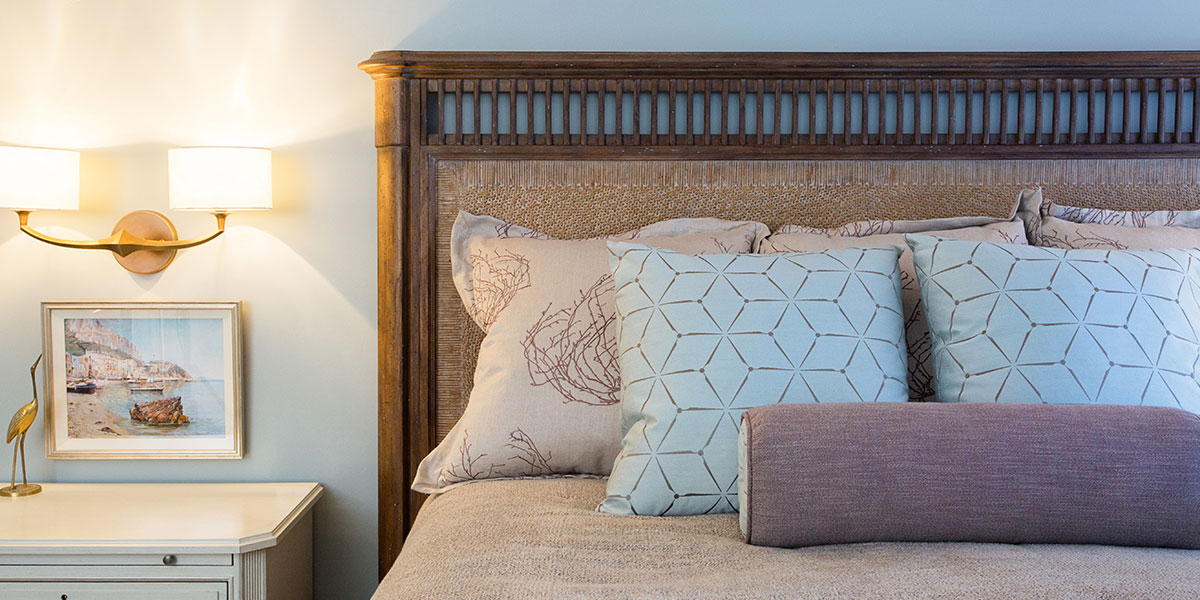
How Much Does Interior Design Really Cost?
Interior design is an investment. Hiring a professional interior designer will end up saving you time, money, frustration and will leave you with a functional and aesthetically pleasing home. It’s a nuanced business model that can be confusing to understand on the surface. Because full-service designer firms often sell goods and services, they are often charging for both in the form of billing for time as well as a markup on goods. At some firms, lead designers will dramatically increase their hourly rates ($200 – $300/hour) but give clients wholesale prices on the goods. At other firms, a senior designer may charge more in the median level rates ($150 – $195/hour), but mark up the goods at a percentage that still gives the client a discount off of retail, while enabling additional revenue for the firm.


Flat Fee
Some designers offer a flat fee structure. Those fees can vary greatly. It can be a $500 consultation all the way into the six figures realm for an entire renovation, new build and/or decorative service. With a flat fee structure, the designer draws on experience from past projects that may have a similar scope of work. We often reference the number of hours spent on past projects and cross reference that figure with a typical percentage ratio of overall job cost: design services. A flat fee structure has pros and cons for both the client and the designer. Client pros: Ease of mind for budgeting purposes. Client cons: With flat fees come a number of contractual contingencies to avoid “scope creep”, surpassing a number of hours worked, setting a number of changes to a design and completing the work within a calendar date. Also, professionals have to add quite a bit of cushion in the bids as it is impossible to know exactly how many hours a project will take. Thus, the client may overpay in the end. Designer pros: A designer can count on a payment schedule regardless of how many hours have been spent. Designer cons: Many variables can amount to more time required on the job and are completely unforeseeable during the contract phase. Thus, for designers, a flat fee structure has a decent amount of risk involved.
Hourly Rate
Other firms bill by the hour. This hourly rate varies from company to company and on the experience of the designer. Junior Designers’ rate can be anywhere from $75 to $125 an hour while Principal Designers can range from $150 to $350, or even more at well-publicized firms. All the hours are estimated in a proposal before the project starts and detailed invoices are sent monthly or semi-monthly that describe all the activities that are billed. With hourly rates, you pay the designer for the exact time spent on your project. Most designers who bill by the hour are very cognizant of their time spent on your project and will also keep you up to date regularly on what you are spending in design fees. Client pros: You pay exactly what the project requires and what you want from a designer. Client cons: Some people don’t like the idea of hourly, especially if it is a multi-year project. If a project is 1-2 years or more, then flat fees are sometimes negotiated with proper contingencies in place to protect both parties.
With either fee structure, you get a lot of bang for your buck. Full-service design studios offer clients access to wholesale and to-the-trade vendors, contacts with other tradespeople, artisans, manufacturers, and often conduct project management, procurement and installation of all goods. The most important thing in any relationship is communication. Your designer should be upfront and transparent about their fees, estimating the total cost of your project and keep you updated regularly throughout your project. Interviewing designers at the beginning of your project is key in figuring out your budget. Not only will they estimate their design fees, but they can help with your furnishings budget and offer insight into average costs for building a new home or renovating in your area. If you don’t know where to start with your project, start by talking to a designer!




